Storks in Poland and some Polish agricultural landscapes
Hello:)
to soothe a bit broken nerves of my readers after yesterday's adrenaline-loaded entry today I would like both to write a bit about peaceful storks that are birds legally protected in Poland and present some nice pictures of Polish agricultural landscapes.
All pictures in this entry aren't mine. They are taken from the best Polish environmental server and I think they are really good.
On English language Wikipedia only few things about storks you can find. Much more things are written on the Polish server I have been scanning recently.
to soothe a bit broken nerves of my readers after yesterday's adrenaline-loaded entry today I would like both to write a bit about peaceful storks that are birds legally protected in Poland and present some nice pictures of Polish agricultural landscapes.
All pictures in this entry aren't mine. They are taken from the best Polish environmental server and I think they are really good.
On English language Wikipedia only few things about storks you can find. Much more things are written on the Polish server I have been scanning recently.
Storks are almost worshipped here. If you ruin a nest of a stork - you are a worse man than a bad one I am afraid:(. You would be called an idiot here and it would be recognised as much harder crime than destroying many other things like that:(.
Storks lay eggs and breed chicken in Poland. But in autumn they fly to Africa because Polish climate is to cold for them. They come back in the spring.
Below you have a map with the occurance of this species. The map is also taken from the server about Polish biodiversity though I am not sure it is original. Red spots are places where storks breed their offsprings, brown spots where they migrate in the winter. Migration tracks are marked in white colour and green spot is a place where they spend all year without any moving (at the very end of Africa continent).
Storks don't sing like many other birds. They "talk" very rarely. Their voice sounds like clapping and is called "klekot" in Polish.Storks lay eggs and breed chicken in Poland. But in autumn they fly to Africa because Polish climate is to cold for them. They come back in the spring.
Below you have a map with the occurance of this species. The map is also taken from the server about Polish biodiversity though I am not sure it is original. Red spots are places where storks breed their offsprings, brown spots where they migrate in the winter. Migration tracks are marked in white colour and green spot is a place where they spend all year without any moving (at the very end of Africa continent).
In the past they used to be present in Western Europe but technological changes in agricultural industry wiped them out.
So they moved into Eastern Europe.
You should also notice that when going into Africa storks choose flying over the land or as short way over sea as it is absolutely necessary. It would be too difficult for them to make a total short-cut over sea because of specific air-turbulation that help them in their long-distant journeys but doesn't exist over the sea.
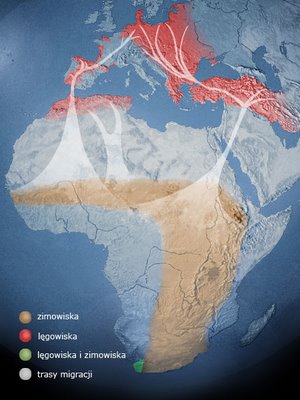
Also you can look at wikipedia link:
http://en.wikipedia.org/wiki/White_Stork
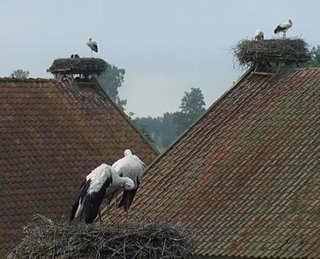
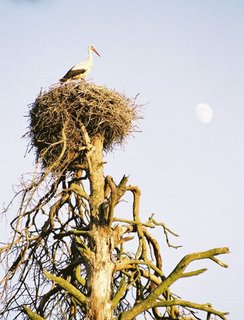
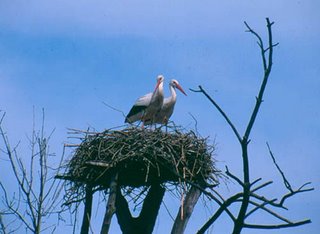
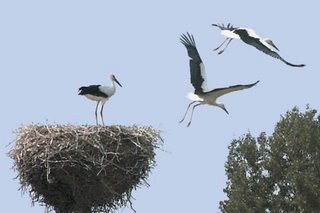
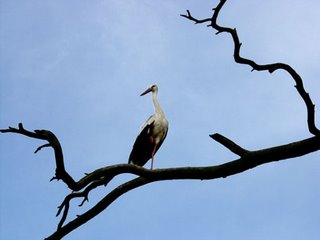
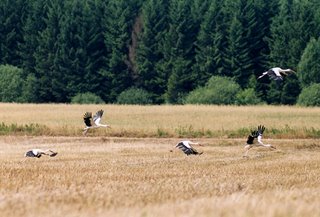
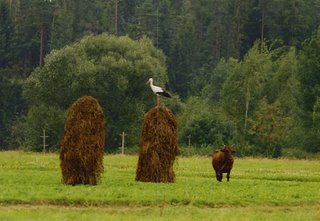
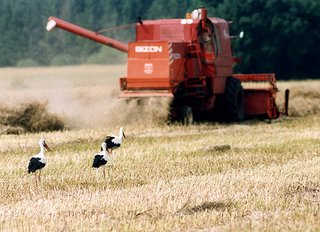
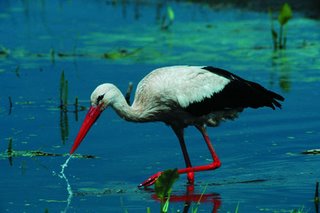
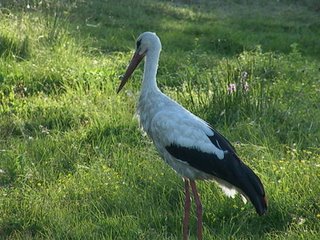
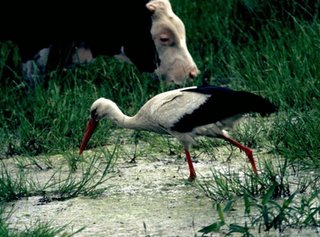
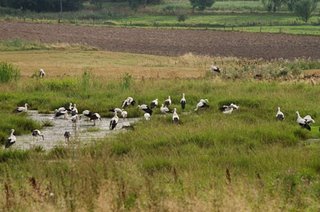
And below the next group of pictures - Polish countryside in north-eastern part of Poland.
1. Polish little chapels among fields.
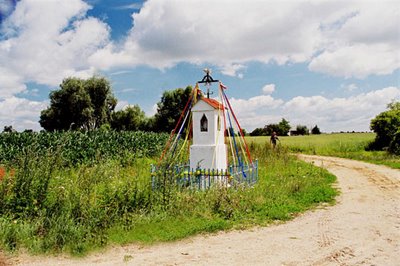
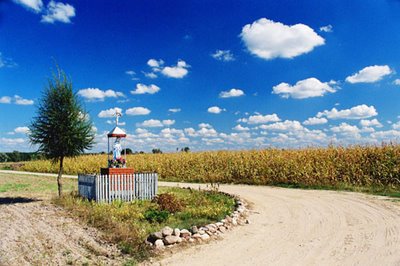 2. Fields of rape.
2. Fields of rape.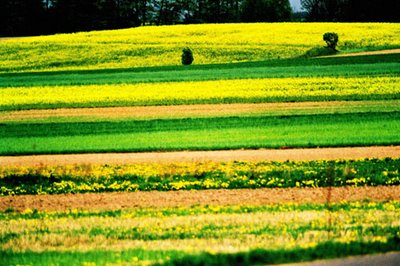
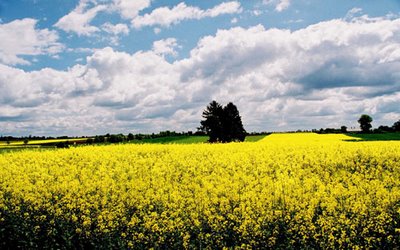 3. Fields of wheat.
3. Fields of wheat.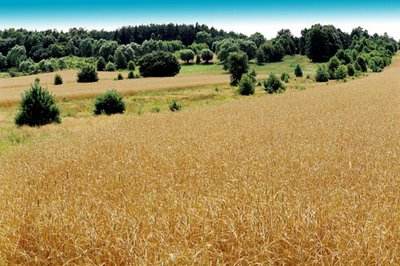 4. Rowan at the wheat-field.
4. Rowan at the wheat-field.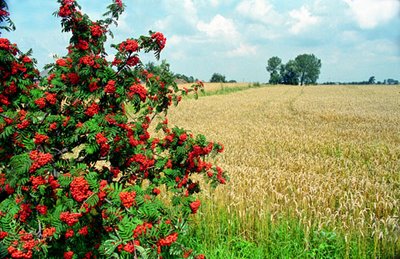 5. Willow-alleays among fields.
5. Willow-alleays among fields.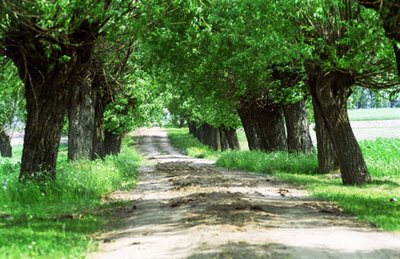
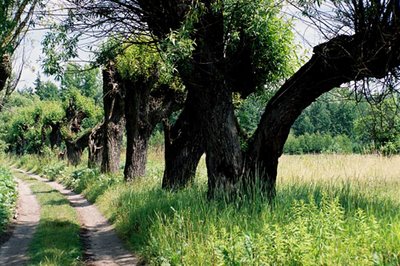
Soon more about wildlife, literature and the world that can be inspiring to our daily routine.
I will also write you a story of yew that I have been sent by one nice man whom I am saying my "hello" in this place hoping he will send me some more funny nature-connected stories like the first I got.
Have a nice day.

0 Comments:
Post a Comment
<< Home